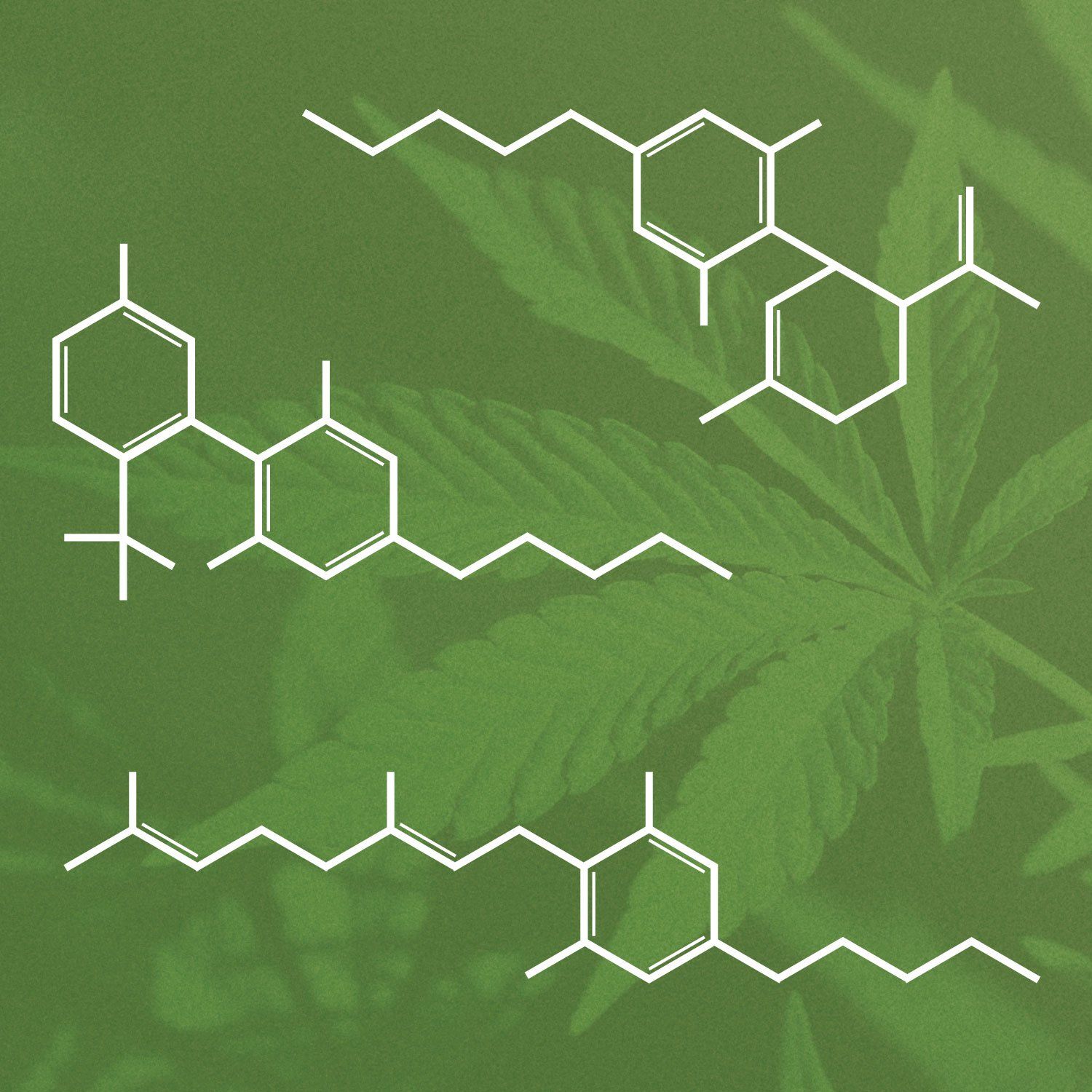Cannabis & Wellness Blog
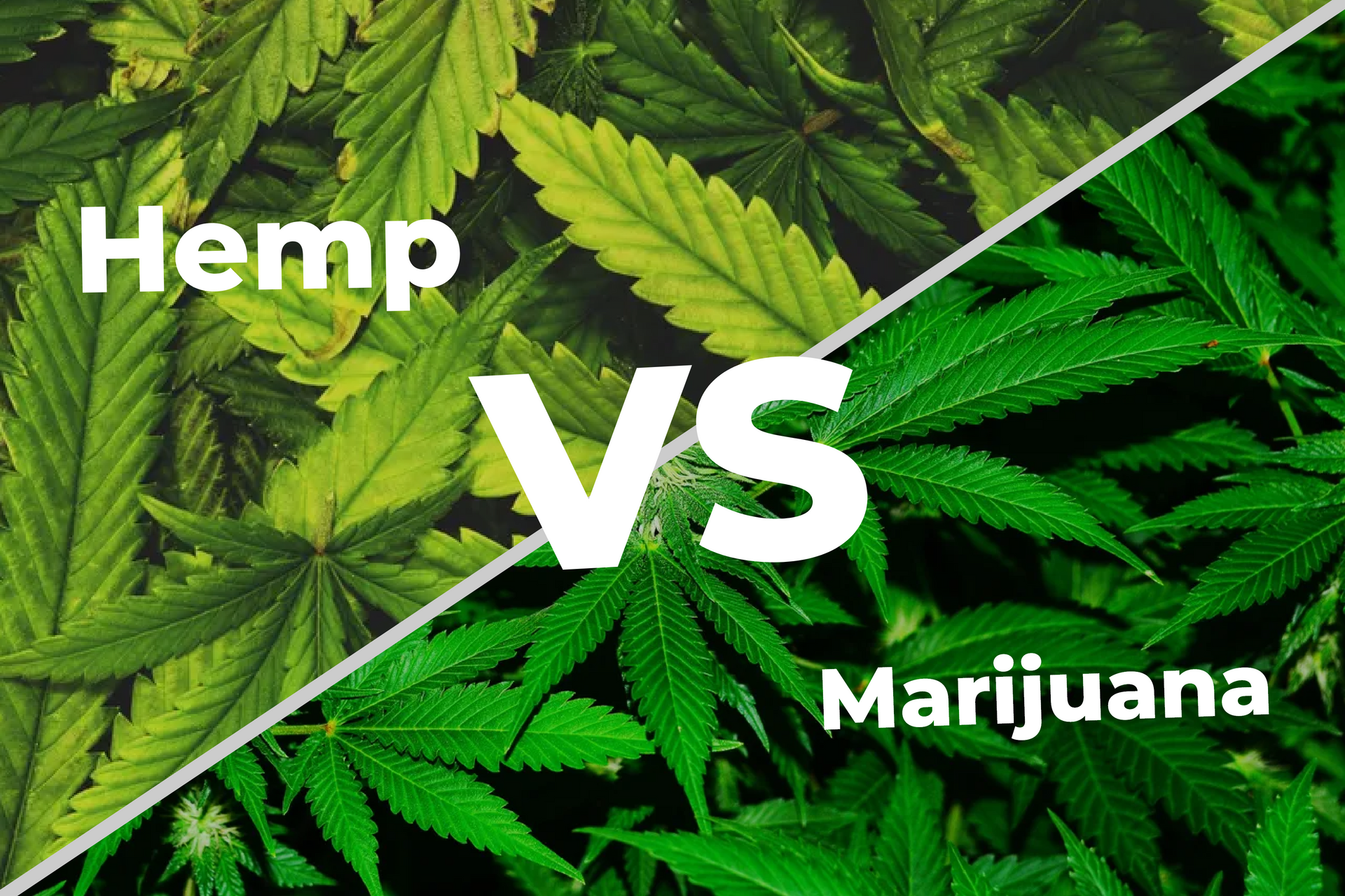
Cannabis is the Latin name, and umbrella term, for hemp and marijuana. We know it as many names, differing in how it is referred to in various regions and across cultures. Referring to cannabis as “marijuana” does contain a controversial history in the United States. Early in the 20 th century, many Mexicans immigrated to the US escaping religious and political strife, as well as economic instability. At that time, cannabis was legally imported across borders. Because of the arrival of the immigrants, marijuana became associated with Mexicans, and the US government further stereotyped them as a people who frequently used cannabis in anti-cannabis propaganda. This was done to draw a racist association between cannabis and Mexican immigrants. Coupled with misinformation around cannabis and bigotry, the 1930’s saw cannabis becoming federally illegal. It has been a struggle ever since to combat misinformation about many things, not only cannabis. At the federal level, cannabis is still illegal. It is up to the states to decide if their constituents get the right to blaze. Now, many people in the industry refer to marijuana as cannabis to draw a distinction between the politicized term and the growing push towards full legalization. This can be confusing because the Cannabis species also includes hemp. They are not two different species of plants. Hemp and marijuana are two different names for cannabis, the type of flowering plant. Legally (and thus politically), the key difference between them is the two tetrahydrocannabinol (THC) content. THC is predominantly responsible for the high associated with cannabis. When a strain of cannabis has a high THC content, its classified as marijuana (or cannabis) for both recreation, medicinal, and criminal terms. Hemp describes cannabis that contains 0.3% or less THC content by dry weight. This is an arbitrary number, cooked up by an author finding it difficult to categorize the two differently because there really is no taxonomical difference. The THC level of hemp is so low that it is unlikely to get you high. Marijuana on the other hand usually means cannabis that can get you high—more than 0.3% THC by dry weight content varies among cannabis plants. Some strains are low in THC while other strains hold potent amounts of THC. Cannabis plants are further classified as being either Cannabis sativa, Cannabis indica or a hybrid by their features and effects. Cannabinoids, the chemical compounds found in the cannabis plant, are found in higher concentrations in cannabis flowers, leaves, and stalks. For medicinal benefits, people often use the cannabis flower which can be smoked or extracted for other products such as edibles. Hemp is used for more artisanal means. Paper, clothing, and food products all can be produced with hemp. The plant can be grown faster and more sustainably than other materials, making it a viable option for the present and future. Hemp is also nutritious. It is high in protein and fiber. Being that it can be grown quickly and in a supportable way, hemp could be used as a food source for insecure regions. In 2018, the Farm Bill made it legal in the US to grow hemp, and also made hemp derived CBD products legal as well. Cannabidiol (CBD) is a cannabinoid found in small amounts in cannabis popular for its health benefits. It is found in all cannabis plants, but CBD products are only federally legal if they’re from hemp and contain the magic range: less than 0.3% THC. Personally, I find it interesting to break down both cultural and political terms as well as the way cannabis works in and for our bodies. It never fails to be one dimensional. If we could move away from these arbitrary classifications and advance research instead, who knows what struggle and pain could be prevented? With historic propaganda campaigns against cannabis emerging again in modern US politics and cannabis research continuing to be hamstrung, education is key. We must contest misinformation with facts and advance the plant’s efficacy through inquiry.
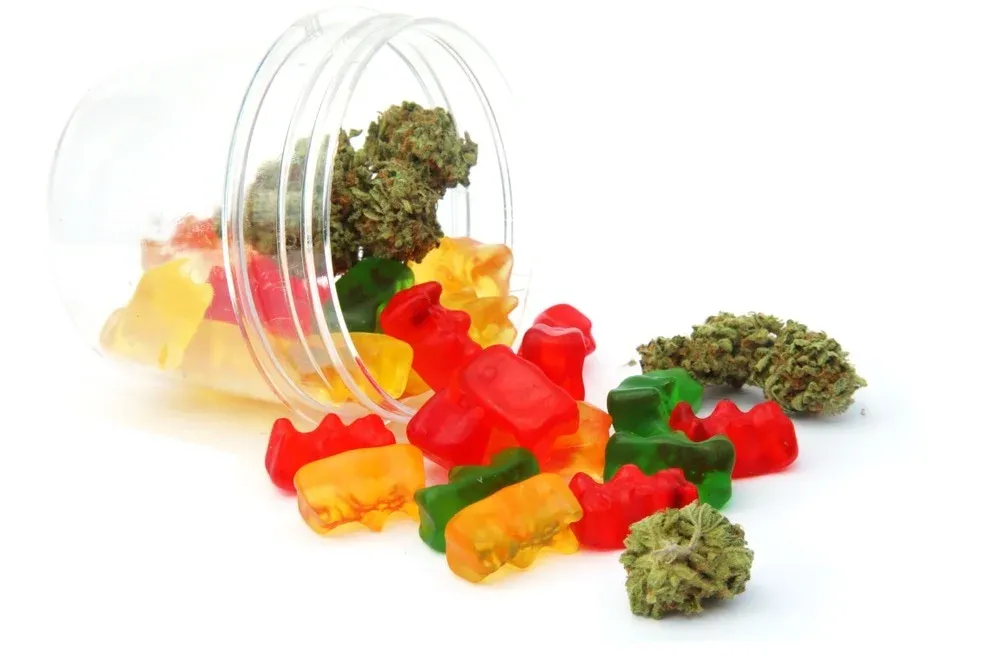
If you go inside a dispensary and ask for an edible, prepare for the next question: what kind? Chocolate, soda, discreet pills, and old reliable: gummies. Various edibles have been utilized for centuries to deliver healing benefits and relief to consumers using delicious food as the vehicle. But what exactly is an “edible”? And most importantly, once that edible passes your lips, what happens next? First off, cannabis edibles are any food or drink which contain cannabinoids. That quite amusing word is a catch-all for those chemical substances that join the cannabinoid receptors already in our brains and bodies. Playing on the main stage of most edibles is THC, which is the primary psychoactive and intoxicating compound in cannabis. Other cannabinoids an edible can contain are CBD (which works together with THC to get you high, but on its own offers only medicinal aid), CBN, CBG, and THCV. These are more “niche” cannabinoids that boast their own varied benefits. With these building blocks in mind, let’s look at how an edible is processed in your body. Like any food, cannabis edibles are taken in orally and then processed in the stomach and liver. When smoking or vaping, cannabis smoke enters the lungs and is absorbed into the bloodstream. There are a few differences in the chain of events for the process of consuming edibles that make this choice both ideal for many consumers, and tricky. While you can feel the effects of smoking within minutes, the effects of an edible will kick in only after you digest and then metabolize it. Edibles are consumed orally and processed in the stomach and liver, whereas smoked or vaped cannabis enters the lungs to be absorbed directly into the blood stream. This means the effects of edibles take much longer to kick in, as they need to be digested and metabolized first. Your digestion system and liver partially metabolize the THC into a more potent form, called 11-hydroxy-THC. After entering the bloodstream, it travels on a glucuronide compound to the brain, where it can now easily cross the blood-brain barrier. It travels faster into your brain this way, not to mention your whole body. This form of THC last significantly longer in edibles than other methods of consumption. For this reason, an edible experience is usually more potent and lasts longer than smoking your cannabis. But if you’re used to smoking and getting almost instantly high, how do you know when the edibles are “working”? This takes a little science and a little math. Because you aren’t just inhaling smoke into your lungs, and instead relying on digestion, experiencing your edible high may take some time. This is when the infamous, and often embarrassing, stories start getting shared. Someone always “ate too many brownies” waiting for their high to begin. Informed edible dosing is tantamount to keeping consumers safe and the industry thriving. Starting slow—5 mg of an edible for folks new to consuming them—is a responsible tactic. With any edible you should wait 30-90 minutes after ingesting to evaluate your high and determine if you need more. Edible highs peak around 1-2 hours after ingesting, so keep this in mind while waiting to pop another gummy. All edibles are not created equal though. Let’s take cannabis mints as an example. Cannabis mints will produce an effect faster than cannabis cookies because mints are absorbed in the mouth and get into your bloodstream quickly that way. Cookies, brownies, and other baked goods take a longer time to digest in the stomach and the effects will last much longer. Cannabis products like drinks and chocolates are absorbed in the mouth and stomach, thus having both faster and long-lasting effects. A caveat to all of this is that individual metabolisms differ, and certain factors like ingesting an edible on an empty stomach can alter these times as well. While it may not seem exciting, starting low and slow actually allows you to curate your high and get what you want from the experience. Edibles make for a great alternative to smoking and vaping, and you will avoid any carcinogens caused by the heating of the cannabis flower. The fact that an edible high lasts longer than any other form of utilizing cannabis also makes it an excellent choice for those dealing with chronic issues. Those struggling with pain, inflammation, and nausea may be good candidates for experimenting with edibles for relief. Insomnia sufferers may also achieve a full night’s rest after ingesting—due to its intensity and long-lasting effects, edibles often help them stay asleep for longer amounts of time than without using cannabis. If you are looking for a whole other world of cannabis consumption, start talking to your local budtender about what edible may be right for you and your needs.
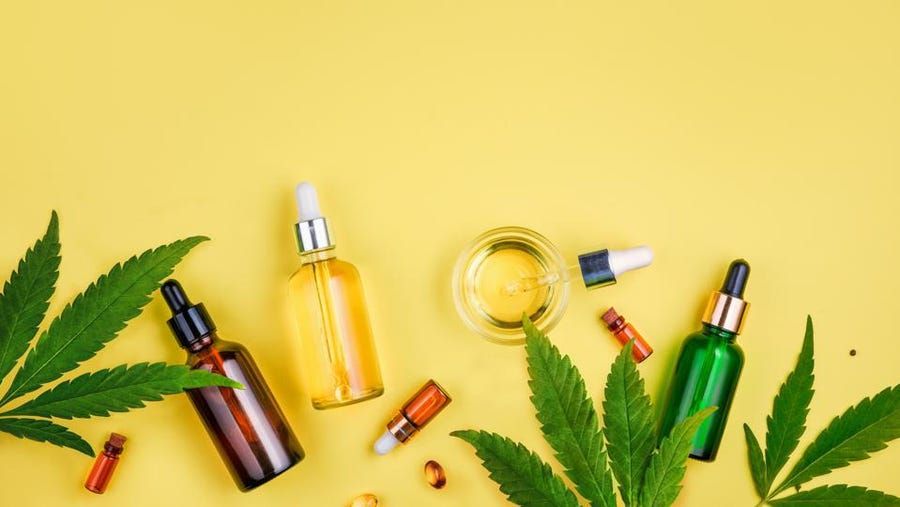
THC and CBD are acronyms that represent the two most conspicuous cannabinoids derived from the cannabis sativa plant. These compounds are found in both cannabis and hemp, but cannabis has a higher concentration of THC while hemp has a higher concentration of CBD. If we were to view these compounds under a microscope, CBD and THC have identical chemical makeups. 21 carbon atoms, 20 hydrogen atoms, and two oxygen atoms. But how the compounds are arranged effects what they are received as. Both compounds exchange information with your body’s endocannabinoid system (ECS). What is the endocannabinoid system anyway? The ECS is a system in our body that plays a role in our overall health. Functions and processes like sleep, mood, and appetite are regulated here. That’s all interesting, yes. We have a whole system already in our brains that interacts with the cannabinoids in cannabis. But what gets you high? And what gets you medicinal benefits? The answer is in the difference between THC and CBD. The THC compound produces a psychoactive response when consumed and is still illegal in many states. CBD, however, does not get you high in the sense that THC does. CBD legally may have up to 0.3% of THC. Unfortunately, this amount is not enough to result in a psychoactive experience. Both interact with the endocannabinoid system, but THC and CBD have separate properties that cooperate with the body differently. CBD can target many complex problems, such as arthritis, GI issues, and as aid in cancer treatment. But CBD is also for those with everyday aches and pains, as well as general health. There are various products available in which to try CBD. It can be found in tinctures, edibles, salves. Consumer demand has driven companies to be creative when it comes to whipping up ways to make CBD available in multiple accessible methods. THC for medicinal purposes is found in the US states where medical marijuana is legal. The compound produces effects that ease painful and distressing conditions such as chronic pain and anxiety. Consumers can also find certain strains that may help them target unwanted issues they may face. Many people are hesitant to try CBD because they confuse its properties for the psychoactive ones of THC. While CBD will not get you high, it still contains THC. Because of this small amount (which would not be enough to be psychoactive) is still likely to show up on a drug test. So, play it safe and keep this in mind when determining if CBD is right for you. Both cannabinoids are incredible powerhouses for healing in their own ways. Because of the diverse nature of our bodies, consult with a doctor before adding CBD or THC to your medicinal routine. But on its own, CBD has been found to produce no adverse effects. While CBD seems to be tolerated in most, THC does have some infamous side effects like dry mouth, increased heart rate, and memory loss. This is because of THC’s psychoactive properties. Now that you know the ins and outs of both THC and CBD, take the next steps to find out if these cannabinoids could support your healing needs!
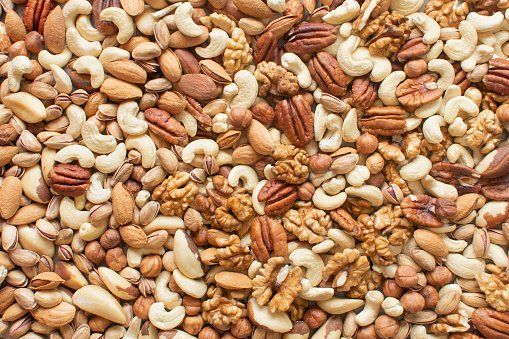
Everyone has found themselves with a few random jars and cans at the back of their kitchen cupboards. You are left with an inventory of beans, corn, and perhaps that container of spices you bought when you were trying to be adventurous. Perhaps you’ve also found yourself with that cupboard staple, peanut butter. Often categorized as fattening, boring, and limited to PB&J's for kids. You ask yourself, what am I going to do with this jar of peanut butter? About 60% of people in the US don’t consume nuts on a daily basis. That’s a lot of people missing out on these surprisingly protein packed, nutritionally dense foods. Nuts are seed kernels that are high in fat, calories, and protein. Some of the most popular nuts are peanuts, which are actually legumes. Legumes are from the same family as peas and beans, but they are roped into the nut family because of their similar nutritional content. A handful of peanuts contain the following: o Calories: 161 o Protein: 7.3g o Total Carb: 4.6g o Dietary Fiber: 2.4g o Total Fat:14g o Sodium: 5mg Nuts also hold most of the vitamins and minerals your body needs. Some of these include Folic Acids, Magnesium, Potassium, Calcium, and Phosphorous. They are main sources of Omega-3 fatty acids and tout a range of health benefits as well, such as protecting against Alzheimer’s and dementia. Largely made up of fats, nuts are often banished from weight loss plans. But studies show that people who eat nuts frequently are at a lower risk of gaining weight than those who don’t eat nuts often. It is important to distinguish the difference between saturated and unsaturated, the latter being the fat found in nuts. Unsaturated fat helps you stay full and eat less over time. Saturated fat tends to stay solid and cause fatty hardening in the arteries, which should be avoided. It is important to note that many nuts are covered in sugars or flavorings that affect and reduce their nutritional value. Raw nuts or nuts made into a nut butter with minimal additions is best. Speaking of your heart, nuts also help prevent heart disease. Eating nuts at least four times per week is linked with fewer cases of coronary heart disease and myocardial infarctions. They also improve cholesterol. Scientist found a direct correlation between eating nuts at least a few times a week and the reduction of LDL cholesterol and triglyceride levels in the body. This improved cholesterol aids in reducing the risk of stroke or cardiovascular disease. For everyone, nuts are just a great source of Vitamin E which is an antioxidant that helps prevent cancer and osteoporosis. Just another reason to add nuts to your daily meals! How Nuts Fuel an Active Lifestyle Whether you are training for an Iron Man or just have a life that keeps you running, your nutrition is an often-overlooked aspect of performance. Individuals have different needs, but a balanced diet that provides protein, fats, vitamins, and minerals should be pursued to support those activities. Many athletes focus on “carb loading” and ignore the important vitamins and minerals (micronutrients) they are missing out on for increased athletic performance and recovery. Peanuts especially have more than 30 vitamins and minerals, as well as 7 grams of protein per ounce for lasting energy and good heart heath. This is more than any other nut! Consuming protein is important for muscle growth, as essential amino acids are needed to help repair your muscles after a workout. Vegetarian or vegan athletes (we’re out there!) must look for protein in unconventional ways, and nuts are perfect to assure these athletes get enough protein for muscle repair. If your goal is weight loss, nuts are an excellent option. Nuts regulate body weight because their fats are not fully absorbed, they regulate food intake because they help you stay full for longer, and they help your body optimize how it burns energy. Many people have damaged their metabolisms from years of yo-yo dieting, but it can be repaired through fueling your body in the way it needs to healthily function. Nuts are a versatile food that can be incorporated into many dishes. Try peanut butter in berry smoothies, incorporate into sauces for spring rolls, and bake it into muffins and cookies. Take a look at some of the recipes on our website for ideas and get into the kitchen. Numb Nuts products are a perfect way to incorporate more healthy nuts into your diet and hit these nutritional marks for your heath needs.

